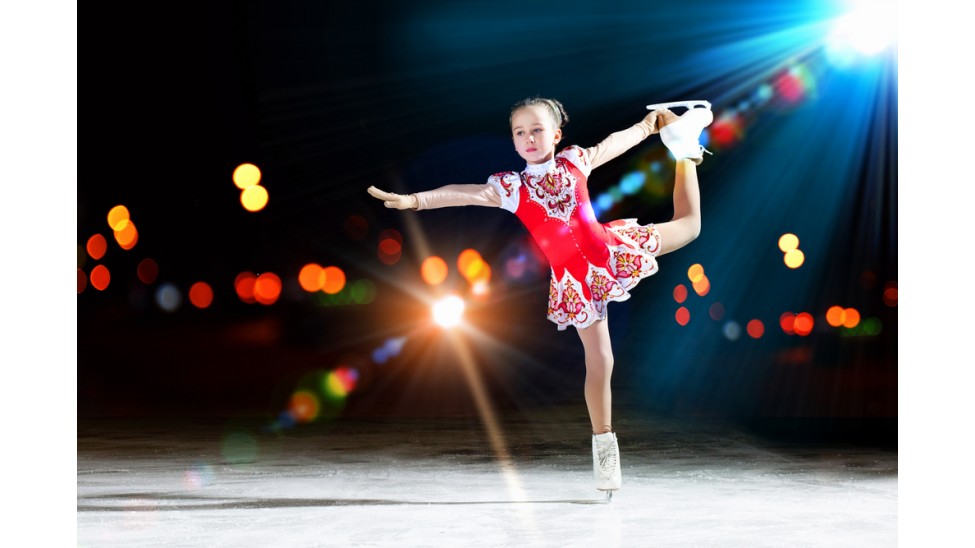
The History of Ice Skating Dresses
Posted on - 19th August 2022
Just like leotard designs, there have been a wide number of changes when it comes to ice skating dress design. From the conservative stylings of the 1920s to the experimental modern pieces, these dresses have changed considerably in the past hundred or so years.
In this latest article from Olympique, we’ll be going through the long history of Olympian ice skating dresses and discussing how styles have changed over time.
Birth of a Sport: 1920s
In the beginning, the most popular style of ice skating dresses was far removed from the relative pageantry that it is now. It’s safe to say that at the beginning of ice skating’s time as a competitive sport, fashion and pageantry was the furthest thing from everyone’s mind!
Instead, ice skaters dressed for the cold. During the first Winter Olympics in France, skaters such as Beatrix Loughran competed in long wool skirts and thick sweaters. While this look may have been oppositional to most complicated modern routines, we’re willing to bet it was comfortable as a thick jumper in the dead of winter!
Changing Times: 1930s - 1940s
In the 1930s, attitudes began to change. Thanks to the influence of gymnasts such as Sonja Henie, ice skating dresses hemlines began to shorten and new, more comfortable materials began to be used for the first time. Not only did this make more complicated routines possible, but it also added a much-needed level of style. Unfortunately, it also meant that athletes had to deal with the cold!
This new style was not static, however, and it continued to evolve over the next ten years or so until the mid-1940s. Due to material shortages, dressmakers began to minimise the amount of material they were using. This led to designs which wouldn’t have been accepted just a few short years earlier. To make up for this lack of material, several athletes are recorded as having worn clothes under their dresses – a practically unheard-of occurrence today.
Moving Forward: 1950s - 1970s
By the close of the 1940s and the start of the post-war era, female ice skaters began to favour brighter colours, lighter flared skirts and materials such as Chiffon and lam. Not only did this help those athletes stand out better on the field of competition, but it also helped them to perform freer, more graceful movements.
However, the style of this period was still very much inspired by what had come before it, so long-sleeve dresses were still in style at the time. It wasn’t until the 1970s that saw the adoption of v-necks and other diminishing necklines. Lightweight fabrics were still preferred during this period; however, the dresses themselves were becoming much more embellished.
Modern Ice Skating Dresses
By the late 1980s, ice skating dresses settled into something resembling modernity. While traditional styles remained, there was a greater emphasis placed on pageantry than before. For example, skating manufacturers began to add foil and sequins to their dresses.
This embrace of a wider range of styles and materials wasn’t without controversy, however. In 1988, Katarina Witt caused something of a stir when she took to the field wearing a dress partially made from feathers. By the 1990s, crystals became a standard accessory on many ice skating dresses.
Today, dresses come in a wide variety of styles and colours. At Olympique, we carry a wide variety of ice skating dress styles. So whatever your style, you can find something you like here.
Ice Skating Dresses at Olympique
For over ten years, Olympique has provided gymnasts and ice skaters with high-quality gymnastics wear, ideal for both practices and competition. Browse our catalogue to see our range of ice skating dresses and gymnastics leotards.
If you have any questions about our range of leotards or skating dresses, please feel free to contact Olympique today. Our team will be happy to help you with your enquiries.
Browse our range of ice skating dresses at Olympique today.
